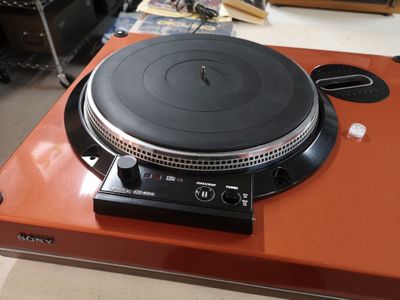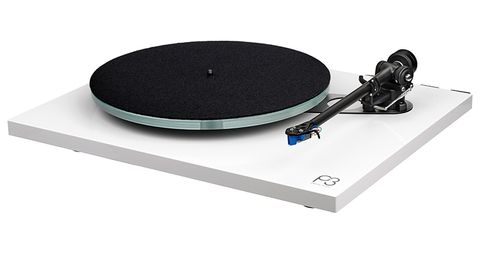Many abroad audiophiles must have been praying for us in our darkness when it came to the late 1970s British hi-fi scene. Linn’s Sondek LP12 captivated the UK hi-fi press. This deck was (is) unquestionably excellent, however contrary to popular belief, it was not the only ace black vinyl spinner available at the time. In fact, the years 1977 to 1980 were known as “The Golden Age of Japanese Turntables.”
The Marantz TT-1000, the Technics SP10, the Denon DP2000, the Micro DDX-1000, the Pioneer PL-70L, the Kenwood LO-7D, the Nakamichi TX-1000, the Onkyo PX-100M, and the Diatone LT-1 are all magnificent mechanical engineering achievements. At a period when the Yen was a third of its current worth, these largely direct powered quartz-locked machines cost outrageous sums (sometimes four times the price of a Linn LP12). Calculate the cost — we’re talking about turntables that haven’t been scrimped on. These were the designer’s ultimate representation of his thinking on the specific difficulty of retrieving information from a microgroove LP record. And, God bless it, the UK hi-fi journalists scarcely flinched. Such was the LP12’s dominion.
Surprisingly, one of these decks may still be found doing sterling duty in Tokyo’s record shops in Asagaya, Shinjuku, and Shimokitazawa. These machines will invariably be revolving at thirty-three and a third RPM with exactly the same infinitesimally small wow and flutter figure as they did when they left the factory a third of a century ago, most likely sporting a dog-eared SME3009 S2 (it is still “the best tonearm in the world,” according to many Japanese audiophile anoraks).
There’s no consensus on which computer is the best of the Japanese superdecks, but the one you’re looking at is most likely it. Sony’s TT-S8000 is a bold show of unadulterated engineering brilliance. Everything about it is perfect – and you can tell as soon as you look at it. Four Allen bolts secure the motor unit to the separate plinth, which is the first illustration of this deck’s extravagant construction. The reason behind this is that gravity’s pull anchors it down quite well at 20kg (for the motor unit alone). The plinth is made of a lifeless, concrete-like material that adds another 20kg to the total weight. A big recess for an armboard is built into the plinth. Four rubber feet sustain the table’s bending weight beneath it.
The 38cm platter has stroboscope indentations around its periphery for 33.3 and 45RPM, and it weights a monster in terms of DD decks. Instant ‘touch sensitive’ start and stop operation (the platter spins up in fractions of a second, as per any self-respecting Japanese esoterica) and power on/off are provided by the frontally mounted controls. Vari-speed was de rigeur due to broadcast/transcription pretensions, as was vari-speed on/off and +/- 6 percent pitch in a flap that lifts to reveal switches for quartz lock on/off and +/- 6 percent pitch – as was vari-speed on/off and +/- 6 percent pitch in all late 1970s direct drives. A brushless, slotless motor lurks inside, the size of which is unlikely to be seen outside of laundry-grade washing machines. A quartz signal is compared to the platter’s real speed, which is determined by counting magnetic pulses imprinted on the platter’s inner rim using a tape head. The result is a 0.015 percent wow and flutter figure that beats the Technics SP10.
This gadget makes a fantastic sound. Its bass annihilates anything that came out of the UK at the time, with a solidity, grip, power, weight, and smash that leaves you wondering what happened to your speakers. Further up, the deck’s reference designation comes from a clear and open midband with an architecturally precise soundstage. Treble is uncluttered, open, and smooth. True, the Sony TT-S8000 sounds a little ‘matter of fact,’ lacking the LP12’s liveliness, but it outperforms it in almost every other way.
Unfortunately, these decks aren’t exactly 10 pence, and you’re unlikely to find one for ten pence at your local Cash Converters. If you ever come across one, make sure it starts and stops properly — the only known flaw is the touch sensitive control, which can malfunction with time. Consider hundreds of pounds, and begin your quest in Germany, which took significantly longer than the UK simply because its audiophiles were open to the delights of Japan during this unique period.






